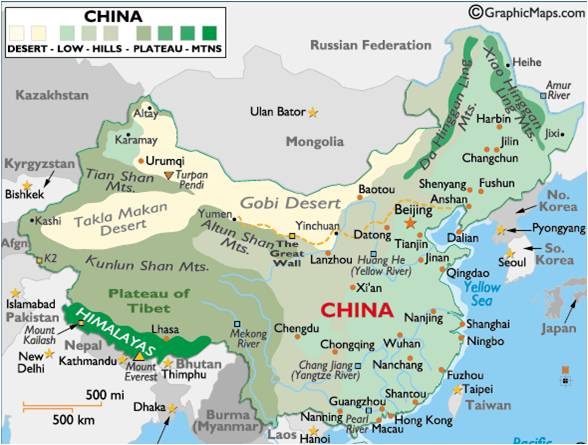China
Great Wall of China
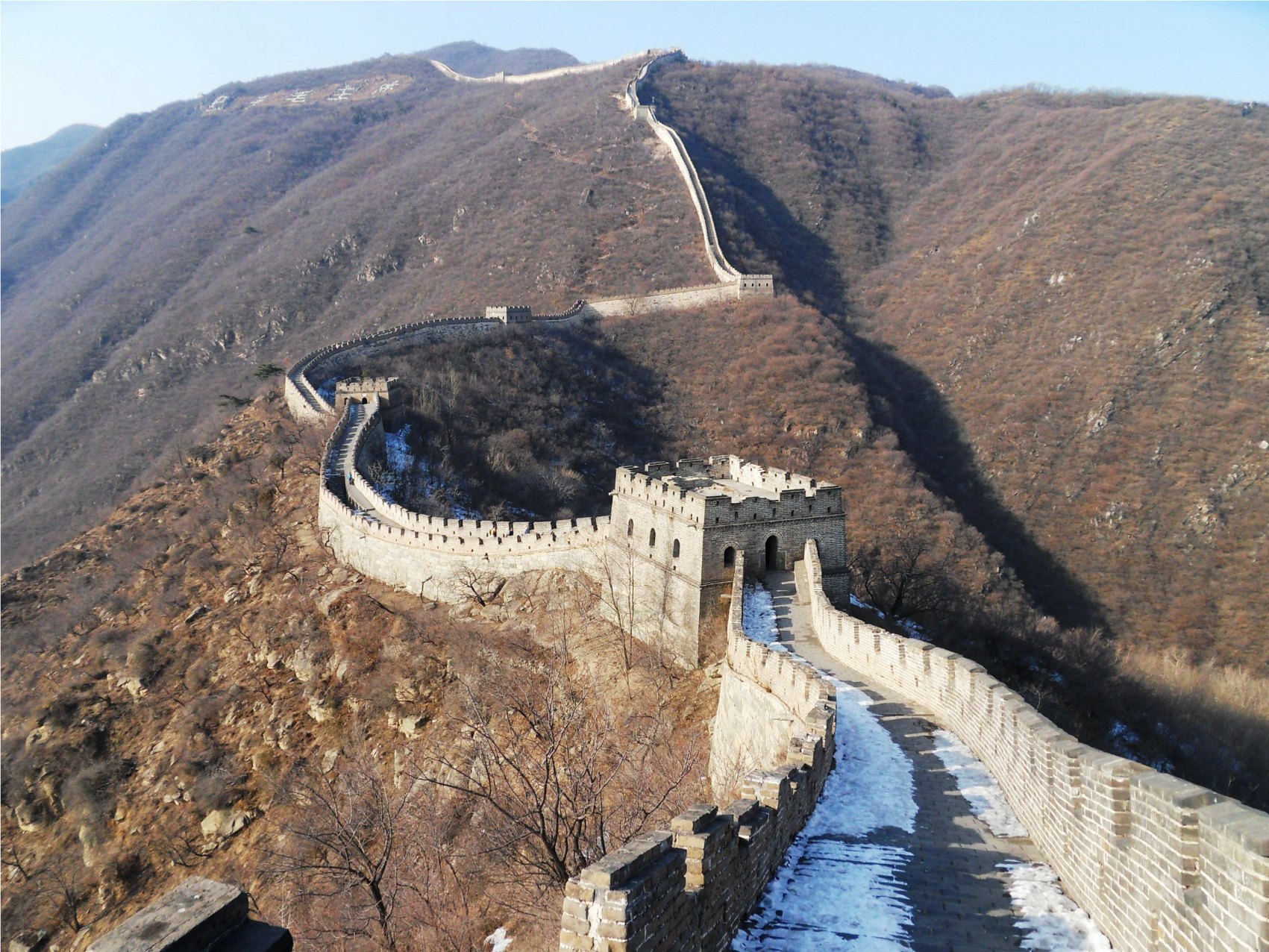 The Great Wall of China is a series of stone and earthen fortifications built by a number of emperors to protect the northern borders against nomadic tribes. At one time the wall stretched from Shanhaiguan on China's east coast through a variety of terrains including mountains, plateaus and desert to Lop Nur in the North West of the country. Today a lot of that wall has disappeared but parts are still being rediscovered, its current length is approximately 4,500 miles. READ MORE The Great Wall of China is a series of stone and earthen fortifications built by a number of emperors to protect the northern borders against nomadic tribes. At one time the wall stretched from Shanhaiguan on China's east coast through a variety of terrains including mountains, plateaus and desert to Lop Nur in the North West of the country. Today a lot of that wall has disappeared but parts are still being rediscovered, its current length is approximately 4,500 miles. READ MORE
Beijing
Forbidden City
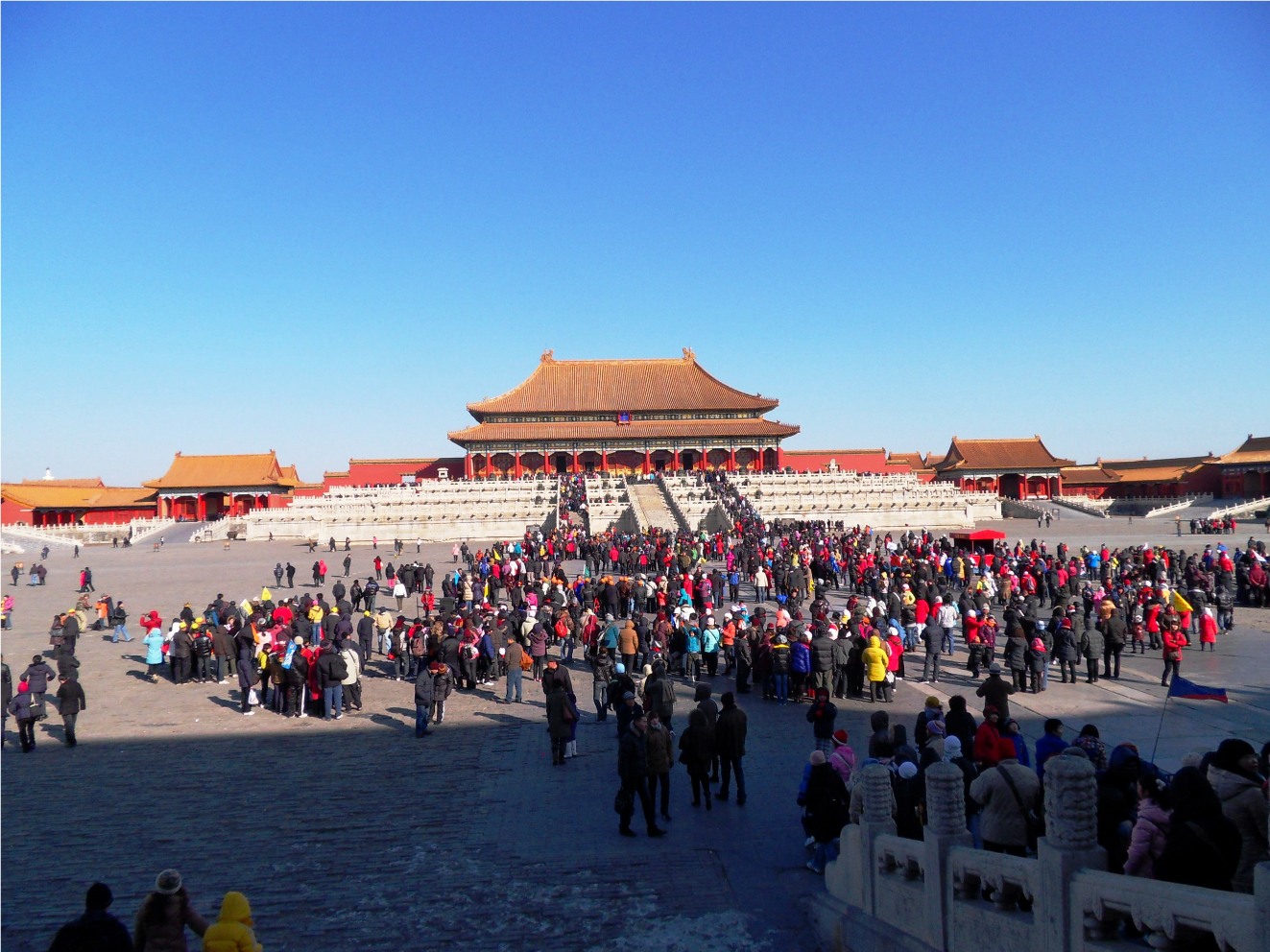 Situated in the heart of Beijing, the Forbidden City is the world's largest palace complex. It has lavishly decorated ceremonial halls and royal palaces that impress even by today’s standards. Situated in the heart of Beijing, the Forbidden City is the world's largest palace complex. It has lavishly decorated ceremonial halls and royal palaces that impress even by today’s standards.
Construction took place between 1406 and 1420 by the Yongle Emperor, when he moved the capital back to Beijing from Nanjing and made the Forbidden City the seat of the Ming Dynasty. In 1644 the Ming Dynasty was overthrown to be replaced by the Qing Dynasty which ruled until Emperor PuYi was removed in 1912, although he was to remain in the city as a virtual prisoner until his expulsion in 1924. READ MORE
Temple of Heaven
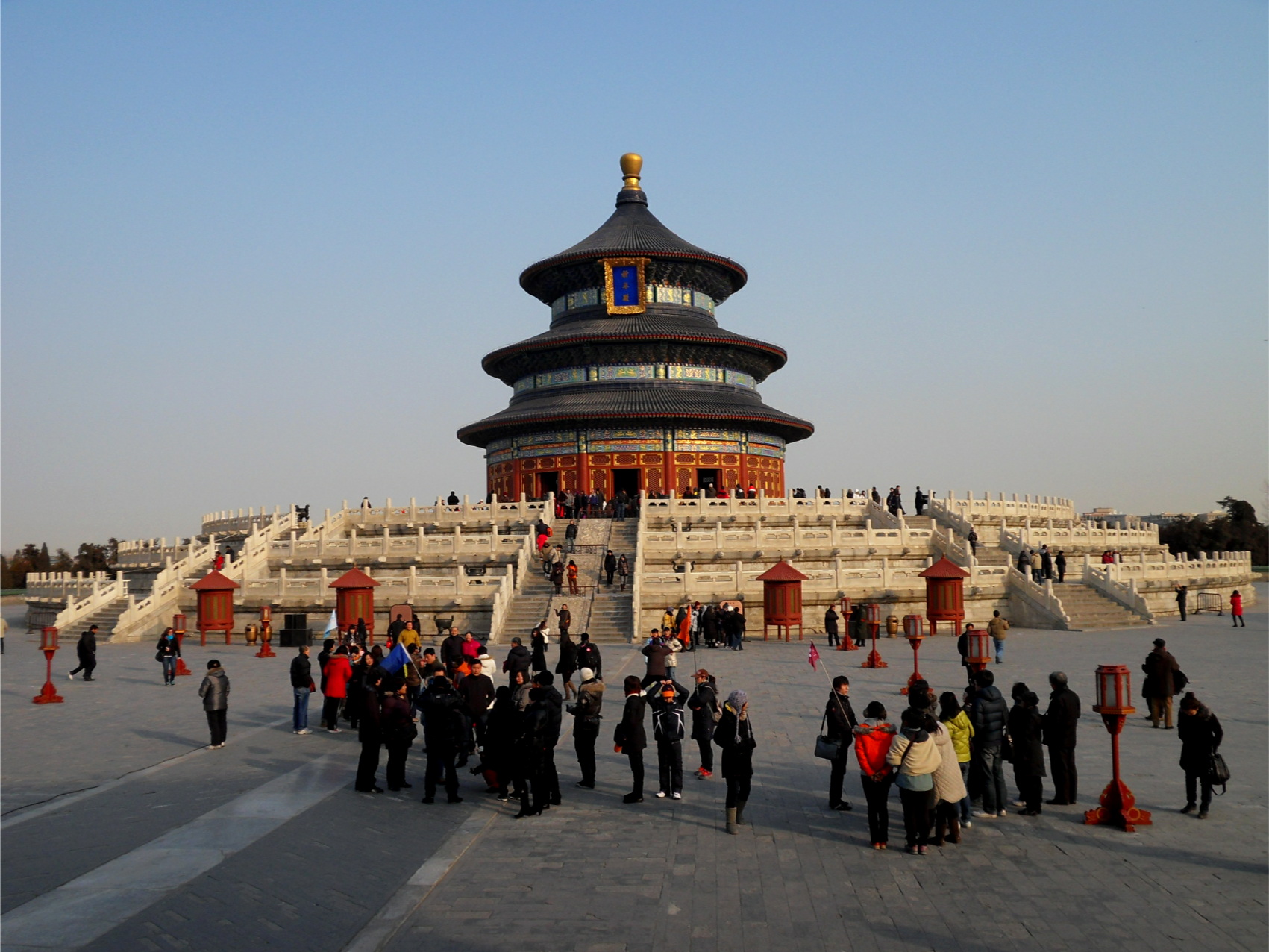 Temple of Heaven is not a single building but a complex located in the southern end of central Beijing. Constructed between 1406 and 1420 during the reign of the Ming dynasty Emperor Yongle (who was also responsible for the construction of the Forbidden City - See article above). The temple was used by the emperor to make offerings to the heaven and to prey for a good harvest. READ MORE Temple of Heaven is not a single building but a complex located in the southern end of central Beijing. Constructed between 1406 and 1420 during the reign of the Ming dynasty Emperor Yongle (who was also responsible for the construction of the Forbidden City - See article above). The temple was used by the emperor to make offerings to the heaven and to prey for a good harvest. READ MORE
Summer Palace
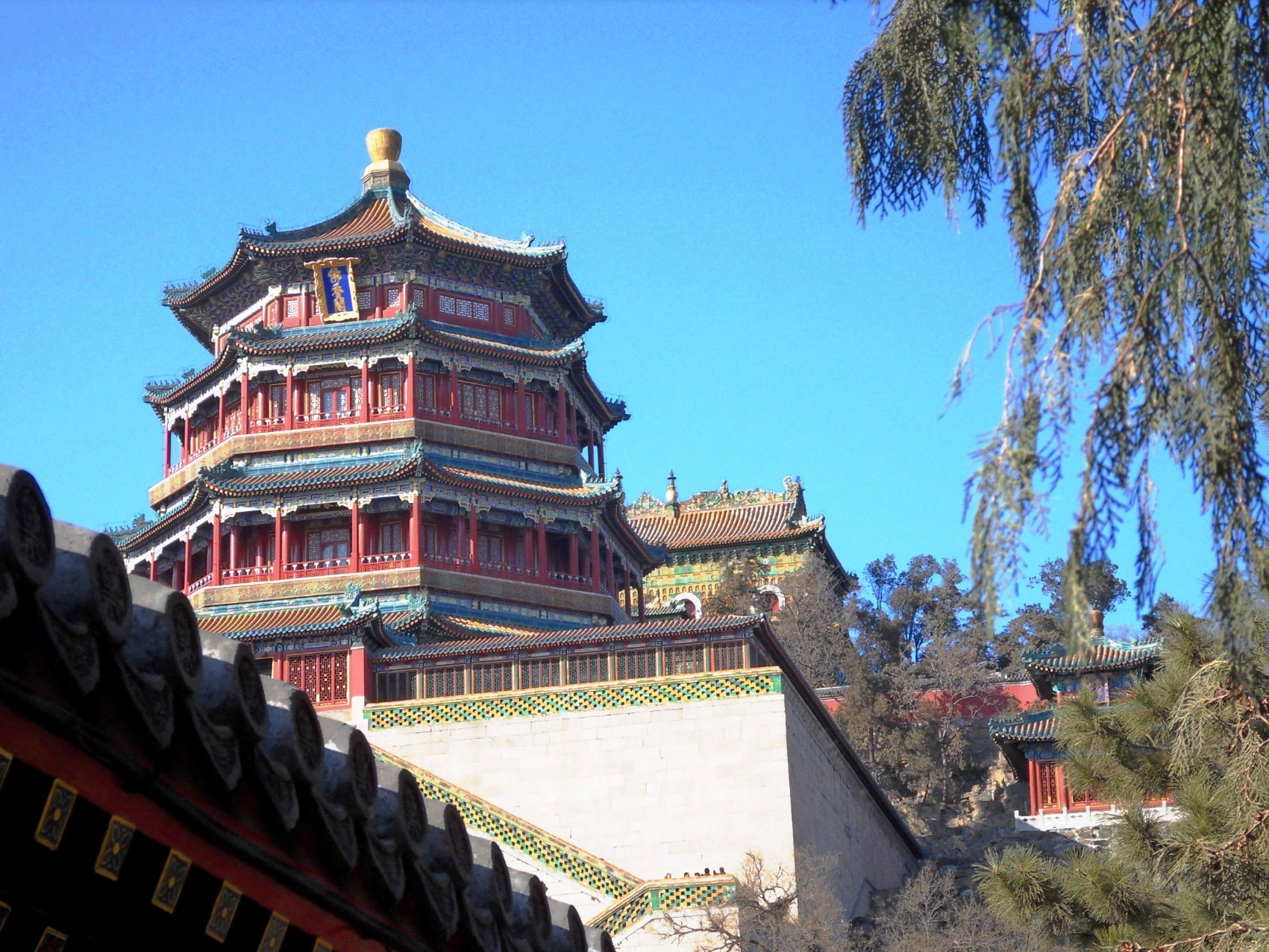 Situated 13 Km northwest of central Beijing, the Summer Palace is one of the largest, (2.9 Sq Km) best preserved, and most interesting royal gardens in the world. Chinese gardens are made up of four things, Flowers and Plants, Water (three quarters of the Summer Palace is open water), Rocks, and Architecture. Although it is called a palace it is not in fact a single building but includes scores of buildings, such as temples, halls, pavilions, and towers. Despite having many different garden and architectural styles, the Summer Palace is harmonious and visually pleasing. READ MORE Situated 13 Km northwest of central Beijing, the Summer Palace is one of the largest, (2.9 Sq Km) best preserved, and most interesting royal gardens in the world. Chinese gardens are made up of four things, Flowers and Plants, Water (three quarters of the Summer Palace is open water), Rocks, and Architecture. Although it is called a palace it is not in fact a single building but includes scores of buildings, such as temples, halls, pavilions, and towers. Despite having many different garden and architectural styles, the Summer Palace is harmonious and visually pleasing. READ MORE
Ming Tombs
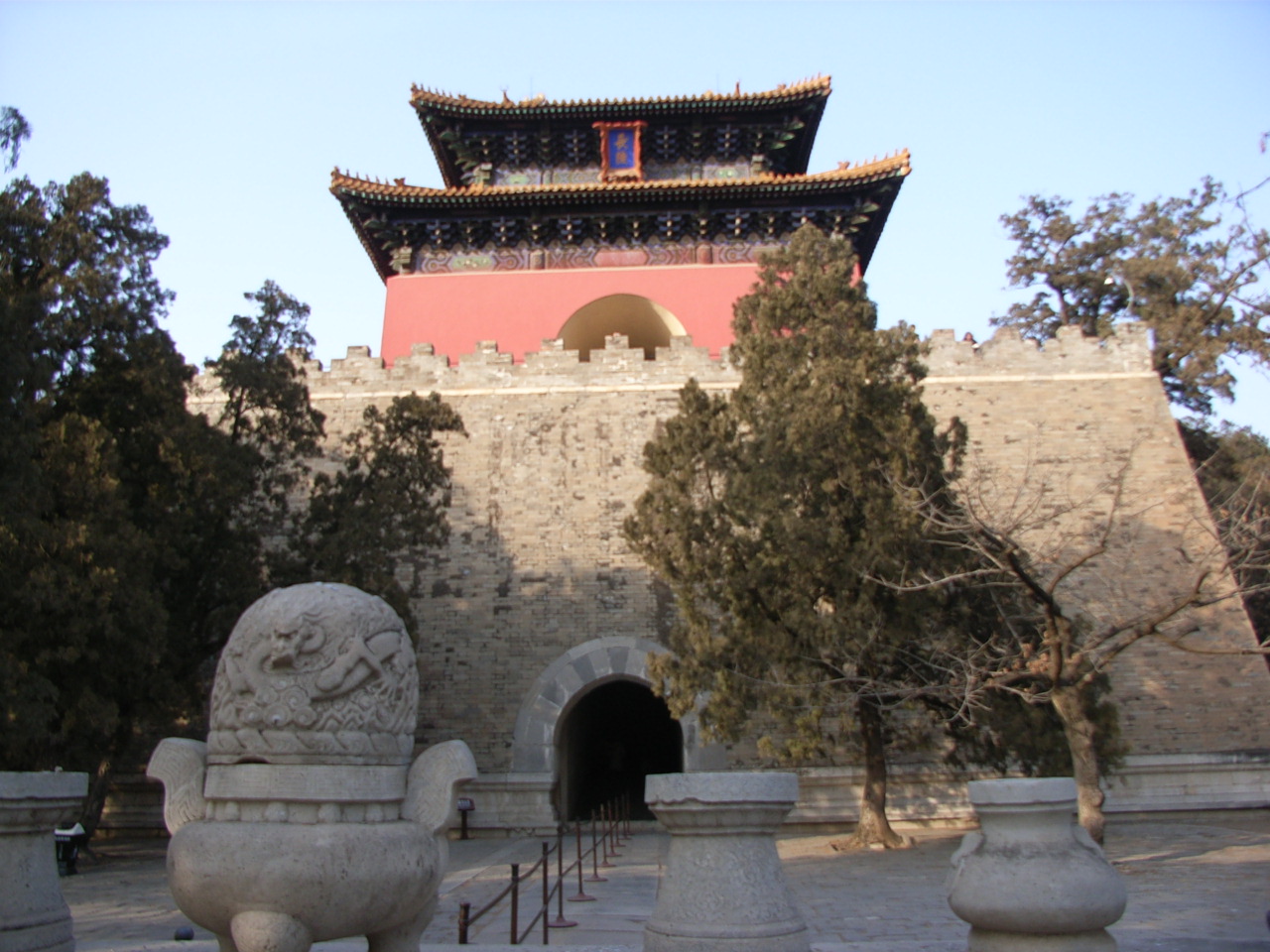
The Ming Tombs cover an area of 80 square kilometres, situated in a valley bordered on three sides by the Yanshan Mountains. Located about 50 kilometres from Beijing, it contains the tombs of the 13 of the 16 Emperors of the Ming Dynasty (1368-1644) as well as a number of tombs of concubines and eunuchs. Construction started in 1409 and ended when the Ming Dynasty collapsed in 1644. READ MORE
Shanghai
Jade Buddha Temple
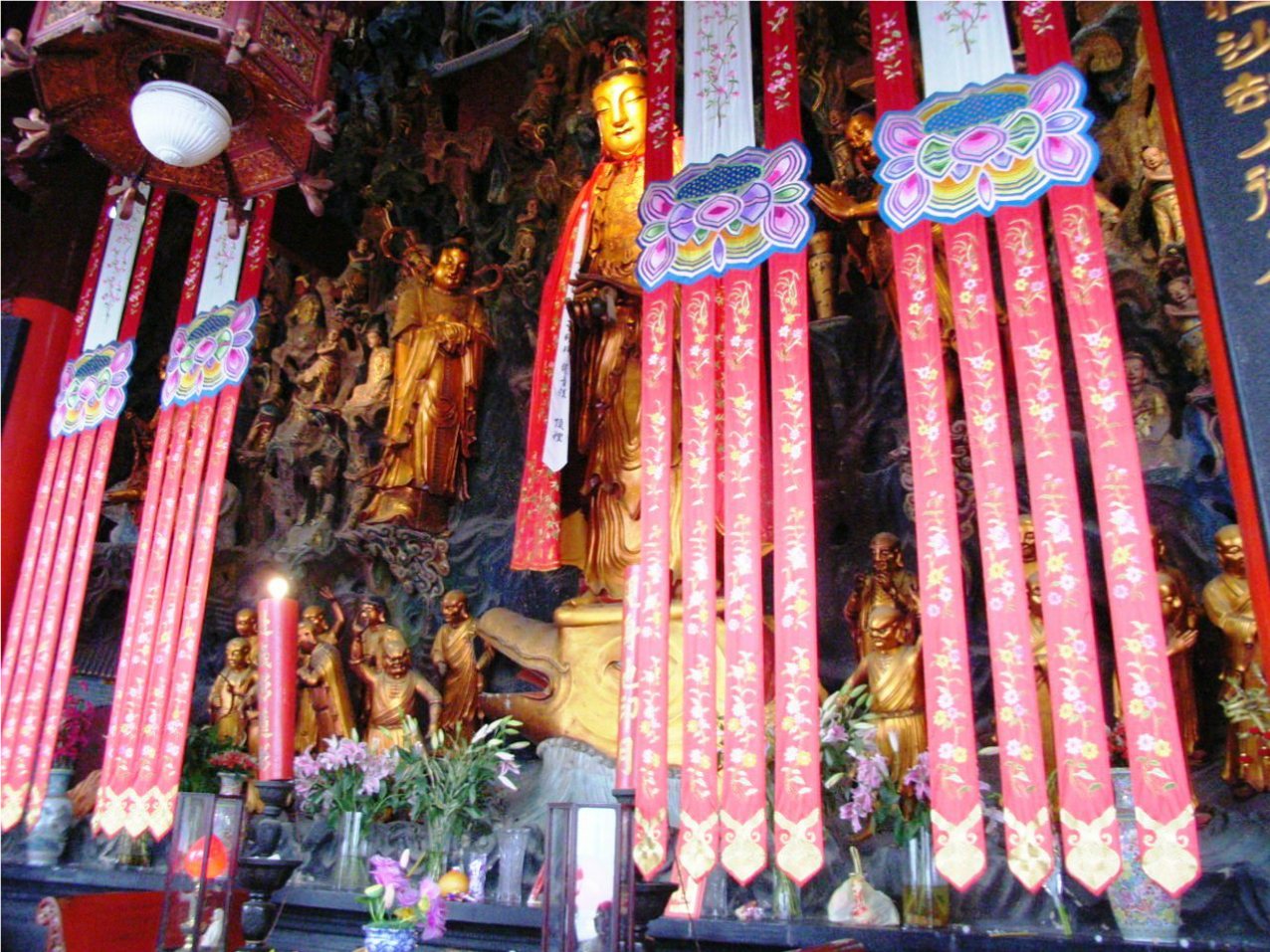 Dating from 1882 the Jade Buddha Temple (also known as the Yufo Temple) contains two jade Buddha statues brought to Shanghai from Burma. The statues were given to the Abbot HuiGen after a visit to Tibet and Burma. On his return to Shanghai he built a temple with funds that had been donated for that task. The statues remained there until the uprising of 1911, which brought an end to imperial rule. The temple was destroyed during the revolution but was reconstructed on the same site during the period 1918 - 28, in the style of the Song Dynasty (960 - 1279). The statues were saved from the original temple and were brought back to the new one in 1928 when the new temple was completed. READ MORE Dating from 1882 the Jade Buddha Temple (also known as the Yufo Temple) contains two jade Buddha statues brought to Shanghai from Burma. The statues were given to the Abbot HuiGen after a visit to Tibet and Burma. On his return to Shanghai he built a temple with funds that had been donated for that task. The statues remained there until the uprising of 1911, which brought an end to imperial rule. The temple was destroyed during the revolution but was reconstructed on the same site during the period 1918 - 28, in the style of the Song Dynasty (960 - 1279). The statues were saved from the original temple and were brought back to the new one in 1928 when the new temple was completed. READ MORE
Xi'an
Terracotta Warriors
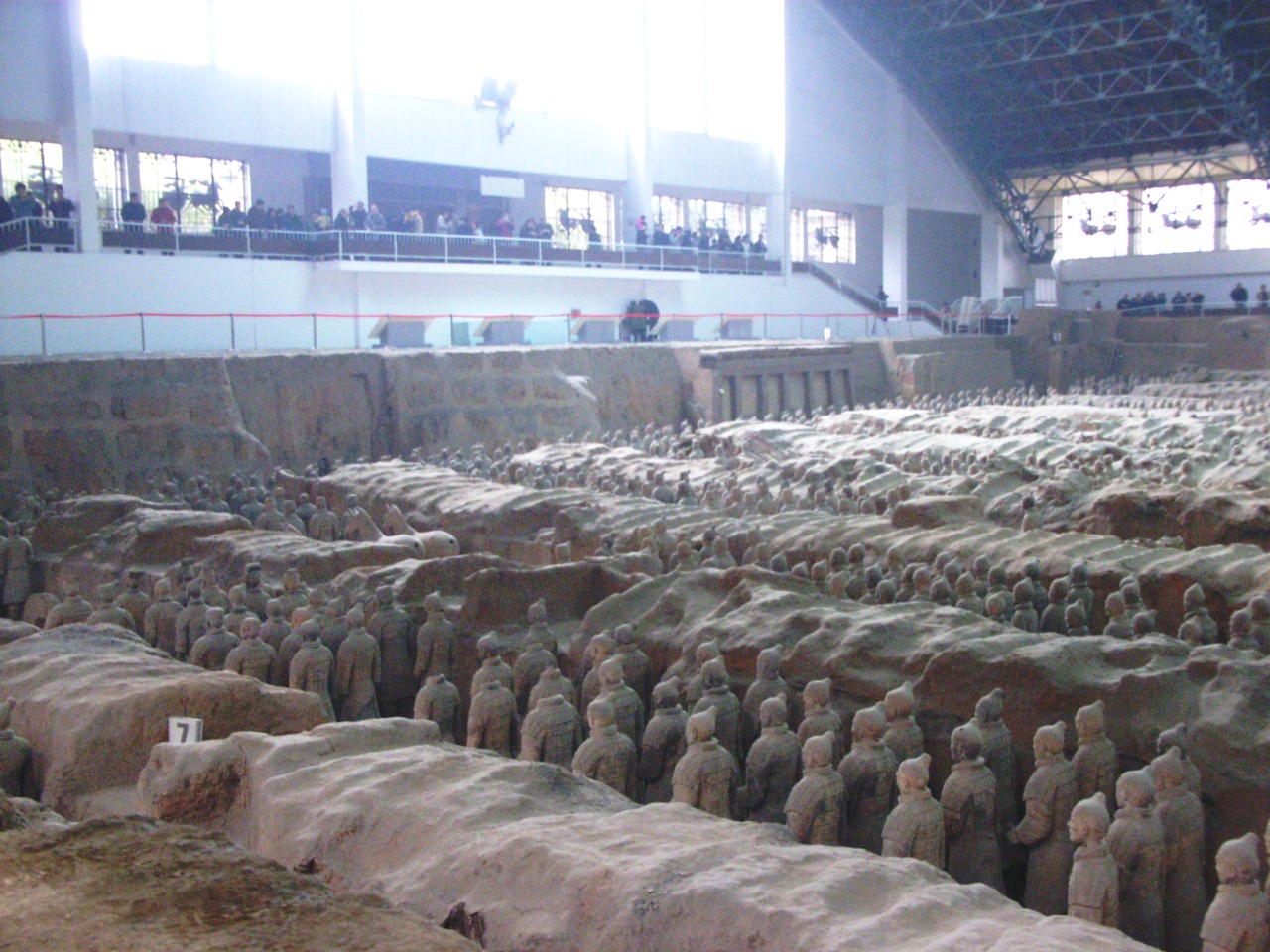 The Terracotta Warriors are located in Xi’an which is in the Yellow River Basin area of central-northwest China. Known originally as Chang'an (meaning the eternal city), Xian stretches back for more than 3,000 years. It was the eastern end of the famous Silk Road and is regarded as one of the birthplaces of the ancient Chinese and the capital of 13 dynasties for over 1,000 years. The Terracotta Warriors are located in Xi’an which is in the Yellow River Basin area of central-northwest China. Known originally as Chang'an (meaning the eternal city), Xian stretches back for more than 3,000 years. It was the eastern end of the famous Silk Road and is regarded as one of the birthplaces of the ancient Chinese and the capital of 13 dynasties for over 1,000 years.
The Terracotta Warriors were created by Emperor Qin Shihuang who united China for the first time in 221 BC after defeating six other states and creating the Qin dynasty which was to give its name to China. The most notable achievements for Qin were the construction of the Great Wall and the Terracotta Army, both of which caused immeasurable suffering for those involved in their construction. READ MORE
Ci'en Temple & Great Wild Goose Pagoda
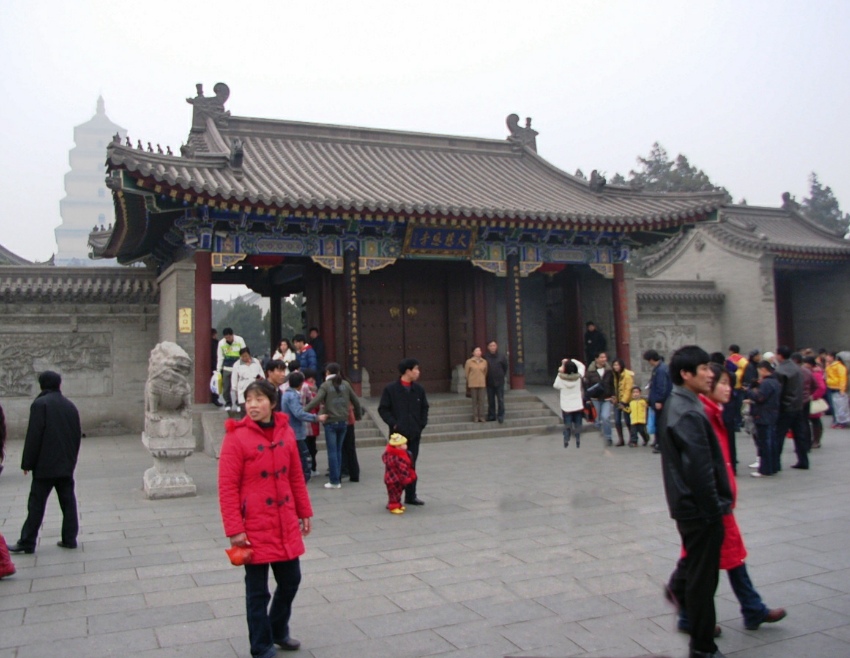 The Ci’en Temple is situated to the south of the centre of Xi’an, and contains the Great Wild Goose Pagoda, one of the oldest Pagodas in China dating back to the Sui (581-618) and Tang (618-906) Dynasties. The Ci’en Temple is situated to the south of the centre of Xi’an, and contains the Great Wild Goose Pagoda, one of the oldest Pagodas in China dating back to the Sui (581-618) and Tang (618-906) Dynasties.
The Ci’en Temple was constructed between 581 and 618 and was originally known as the Non-Leak Temple. In 647 the temple was expanded to include 1,897 pavilions, halls, and rooms by Prince LiZhi in memory of his mother and renamed the Grand Mercy and Favour Temple. READ MORE
Hong Kong
Po Lin Monastery
 Po Lin Monastery is a Buddhist monastery, located on Lantau Island, Hong Kong. The monastery was founded in 1906 by three monks visiting from the Chinese mainland. It has developed and expanded over the years and incorporates a number of impressive structures of typical Chinese architecture. Within its halls are numerous statues, artifacts and Buddhist scriptures. It became a major tourist attraction on the completion and opening of the Tian Tan Buddha, a giant statue located next to the monastery. READ MORE Po Lin Monastery is a Buddhist monastery, located on Lantau Island, Hong Kong. The monastery was founded in 1906 by three monks visiting from the Chinese mainland. It has developed and expanded over the years and incorporates a number of impressive structures of typical Chinese architecture. Within its halls are numerous statues, artifacts and Buddhist scriptures. It became a major tourist attraction on the completion and opening of the Tian Tan Buddha, a giant statue located next to the monastery. READ MORE
|



 Po Lin Monastery is a Buddhist monastery, located on Lantau Island, Hong Kong. The monastery was founded in 1906 by three monks visiting from the Chinese mainland. It has developed and expanded over the years and incorporates a number of impressive structures of typical Chinese architecture. Within its halls are numerous statues, artifacts and Buddhist scriptures. It became a major tourist attraction on the completion and opening of the Tian Tan Buddha, a giant statue located next to the monastery. READ MORE
Po Lin Monastery is a Buddhist monastery, located on Lantau Island, Hong Kong. The monastery was founded in 1906 by three monks visiting from the Chinese mainland. It has developed and expanded over the years and incorporates a number of impressive structures of typical Chinese architecture. Within its halls are numerous statues, artifacts and Buddhist scriptures. It became a major tourist attraction on the completion and opening of the Tian Tan Buddha, a giant statue located next to the monastery. READ MORE